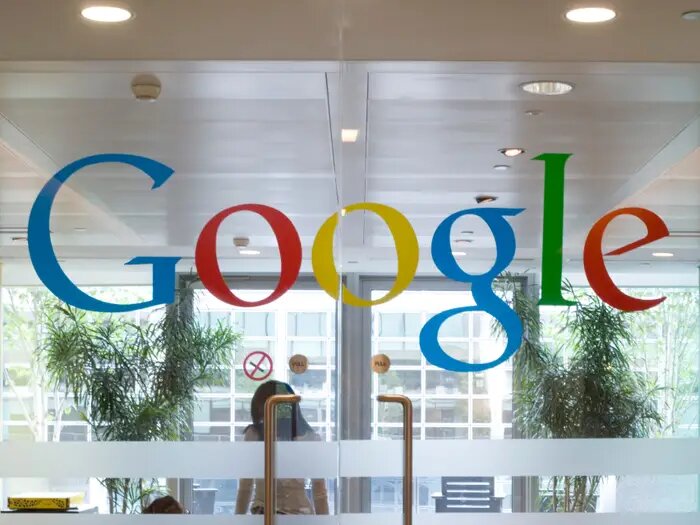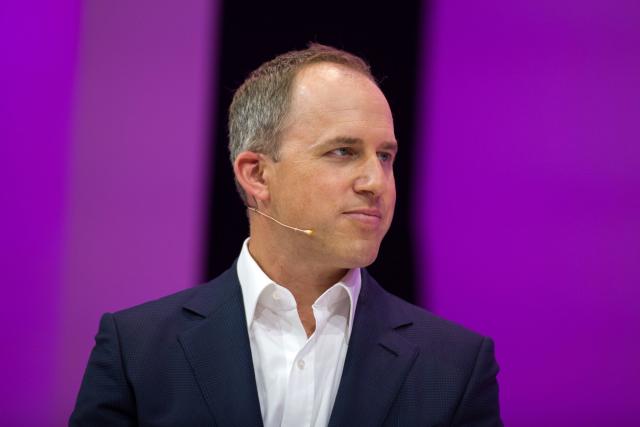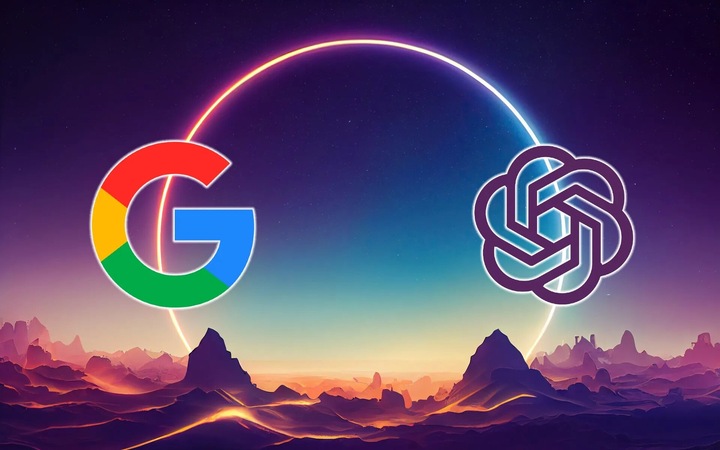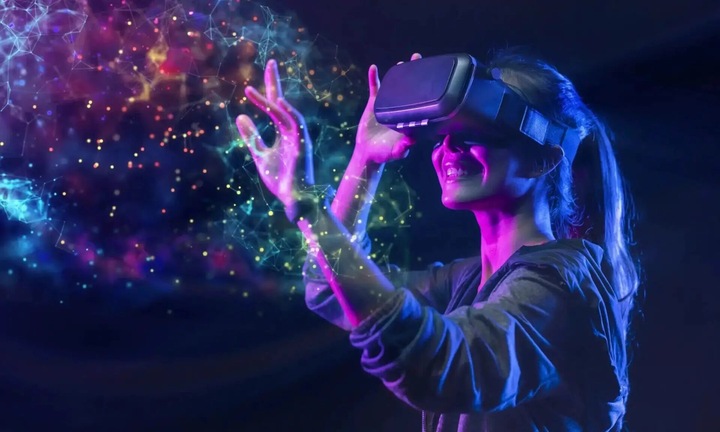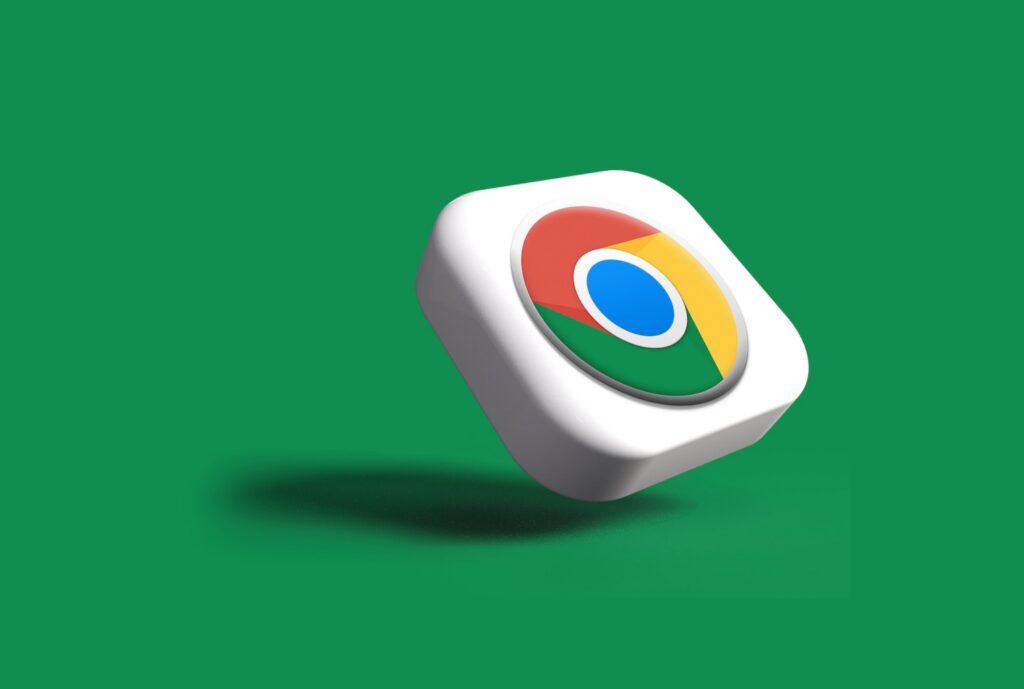Google will blur explicit images in search by default
In the following months, Search engine giant, Google, will introduce a brand new SafeSearch blurring functionality available by default to all consumers.
The filter is designed to safeguard individuals as well as their households from accidentally having to experience explicit images and videos on Search. The search engine giant says it’s launching the function on 7 February to commemorate Safer Internet Day.

A new setting, rolling out “in the coming months,” “will blur explicit imagery if it appears in Search results when SafeSearch filtering isn’t turned on,” writes Google’s Jen Fitzpatrick, senior vice president of Core Systems & Experiences. “This setting will be the new default for people who don’t already have the SafeSearch filter turned on, with the option to adjust settings at any time.”
Source: arstechnica.com
The option will shortly become the latest default for users who are not yet using the SafeSearch filter enabled. As a result, if explicit imagery shows up on results pages, Google will distort it.
Also Read: Google announces Bard A.I. in response to ChatGPT
Explicit sexual content such as violence, pornography, and gore are examples of explicit results. Google mentions that users can change the configuration at any moment. Previous to this development, the filter had already been enabled by default for registered members under the age of 18.
When the setting would become the default, Google would then inform you that SafeSearch blurring has been enabled. If users get brought near a graphic image, users can view it by simply clicking the “view image” button.
Alternatively, you can change the filter as well as turn it off entirely by selecting the “manage setting” toggle. Users can, for instance, choose the “filter” option to assist in filtering explicit pictures, text, & links.
Alternatively, you can select “off,” which also means you’ll see all useful results for your request, regardless of whether they’re explicit.
Also Read: Can ChatGPT assist Microsoft in dethroning Google Search?
It is important to note that SafeSearch just works on results from Google searches and will not restrict explicit content found on other browsers or webpages that you visit directly. Google as well observes that, even though SafeSearch isn’t perfect, it does help extract explicit material in Google’s search results for all of your inquiries, including pictures, videos, as well as websites.

I am a student pursuing my bachelor’s in information technology. I have a interest in writing so, I am working a freelance content writer because I enjoy writing. I also write poetries. I believe in the quote by anne frank “paper has more patience than person
